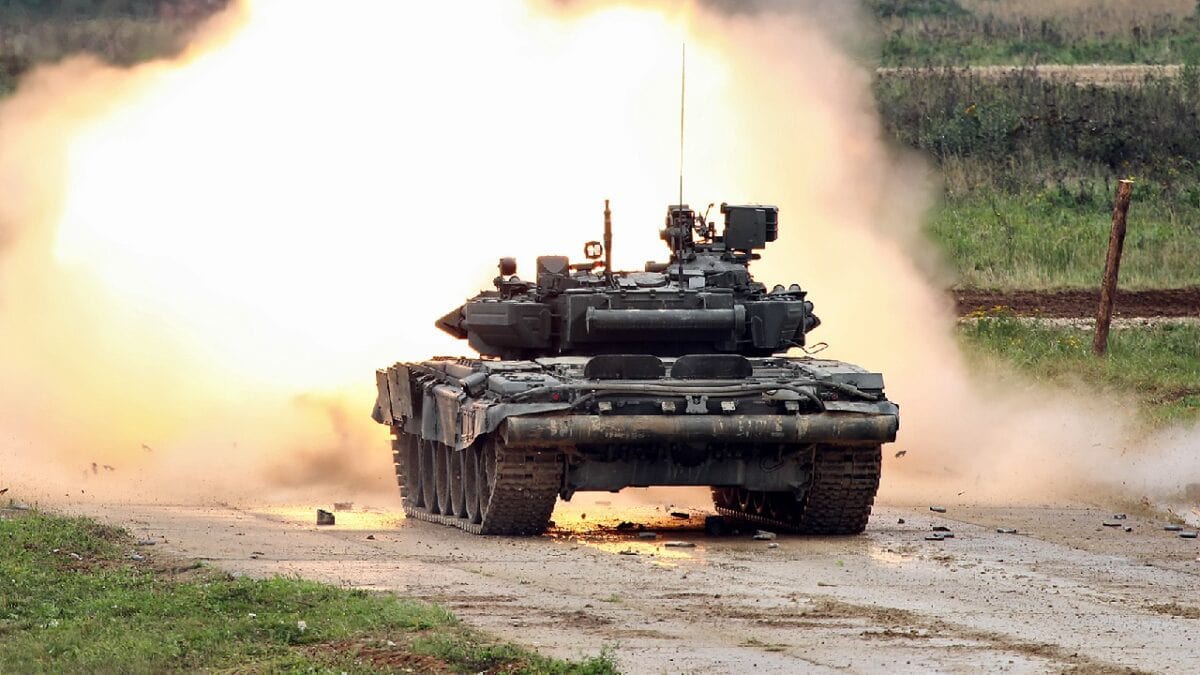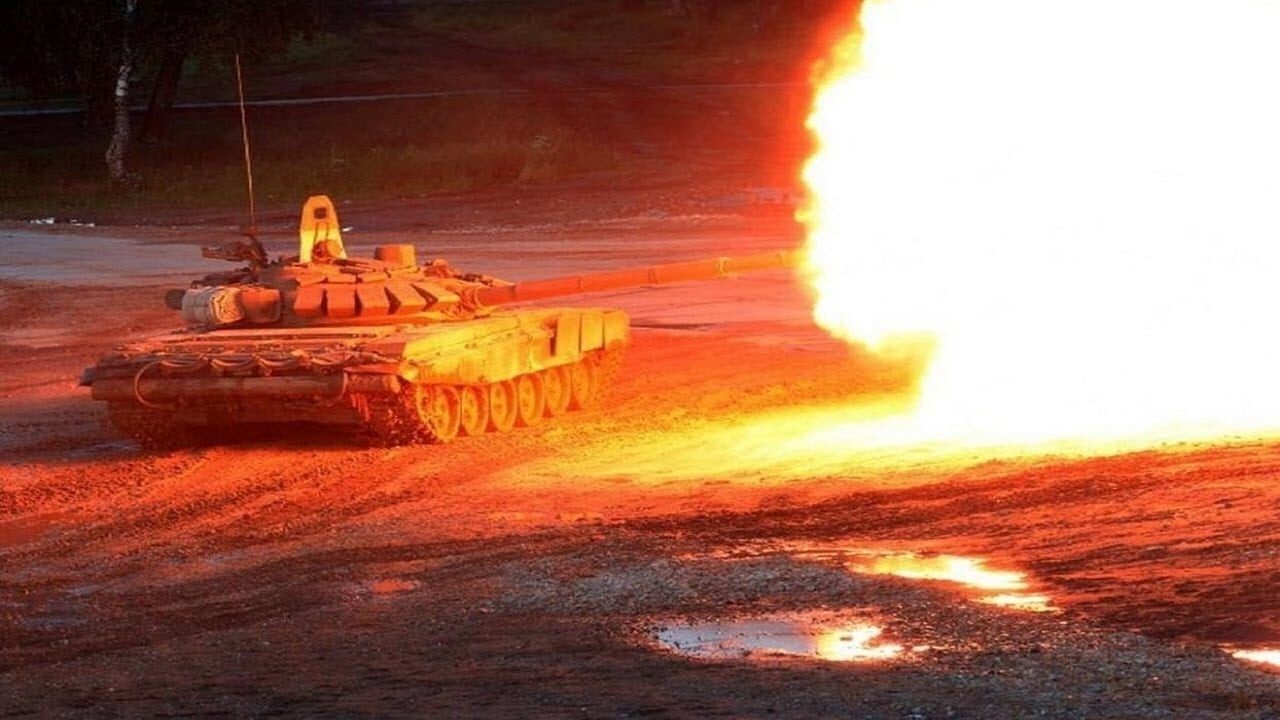How bad are Putin’s losses in Ukraine? As Ukrainian military forces retake ground from the Russian invader, they leave behind a common sight – destroyed Russian vehicles. The image evokes reminders of the Second World War, when the Soviet Red Army charged through much of the same ground heading westward. At that time, it was destroyed German tanks that littered the battlefields. Now it is Russian tanks that have been reduced to rusting hulks.
Just over the past weekend, the Kremlin lost another 19 main battle tanks to the fighting in Eastern Europe, along with two Su-25 attack jets and a Mi-8 helicopter. To date, Russia is now believed to have lost nearly 2,700 tanks. In addition, more than 70,000 Russian soldiers have been killed or wounded.
As previously reported, Russia is losing as many as 10 tanks a day. As they send more recruits into battle with little training and antiquated equipment, the situation is likely to get worse for Moscow. Russia has been deploying Cold War-era T-62s to the front lines in increasing numbers, while crews have abandoned enough of those tanks to supply Ukraine with a full armored battalion.
Indeed, the Russian equipment abandoned in recent weeks is in such great quantities that it is supplying Ukraine with the military hardware it needs to support its offensives. According to some reports, the Ukrainian National Guard has essentially doubled its strength. They aren’t just picking up the older T-62s, but also more modern T-80 tanks, as well as BMP-3 armored personnel carriers. One of those APCs was made just last year.
“Russian invaders, under pressure from Ukrainian soldiers, are fleeing in such a way that they are leaving behind entire arsenals of ammunition,” the Security Service of Ukraine (SBU) announced last month. “We know what to do with them and we will definitely use them for their intended purpose—against the enemy.”
Significant Failure in Ukraine
Moscow has tried to downplay its losses, while also claiming it has successfully countered Ukraine in the eastern regions. Yet according to a report released last Friday by the Institute for the Study of War, or ISW, even the Kremlin’s claims themselves could still be characterized as describing failures for the Russian Army.
“Russian forces are likely falsifying claims of advances in the Bakhmut area to portray themselves as making gains in at least one sector amid continuing losses in northeast and southern Ukraine,” the report stated.
“Even the claimed rate of advance would be a failure for a main effort in mechanized war,” the ISW continued. “And the claims are, in fact, exaggerated.”
The ISW report further highlighted that Russian forces are not making any significant progress around Bakhmut, Donetsk Oblast, or anywhere else along the front lines. Russia isn’t just lying about how it has performed on the battlefield, however. It is now actively trying to erase Ukraine’s presence in the regions it occupies.

Russian T-90 tank firing. Image Credit: Creative Commons.
“Russian occupation authorities are continuing their attempts to erase Ukrainian history, culture, and national identity in Russian-occupied parts of Ukraine,” ISW warned.
In war, the first casualty is often the truth – a fact Russia has increasingly made clear.
A Senior Editor for 1945, Peter Suciu is a Michigan-based writer. He has contributed to more than four dozen magazines, newspapers, and websites with over 3,000 published pieces over a twenty-year career in journalism. He regularly writes about military hardware, firearms history, cybersecurity, and international affairs. Peter is also a Contributing Writer for Forbes. You can follow him on Twitter: @PeterSuciu.

